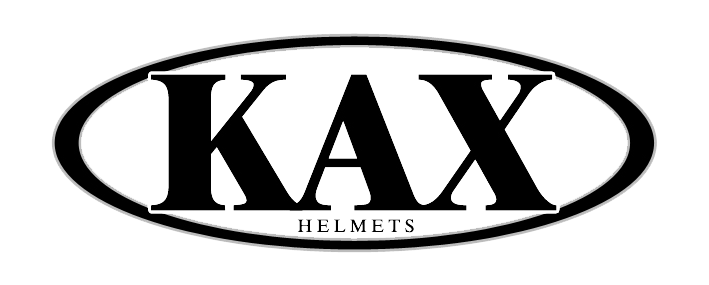The production steps of the helmet are divided into the following parts
1. Making helmet shell
Copolyester materials have better impact resistance and heat resistance than ABS resins. On the other hand, the material can also be better matched with the use of environmentally friendly paint. The resin is injected into the helmet shell mold machine in a liquid state, and then kneaded into a shape by the master mold. Each helmet mold is also planned through CAD/CAM models of different sizes. The mold used to make the helmet has a life cycle. Every time a new helmet is introduced, a batch of molds must be eliminated.
2. Cap core production
Using EPS helmet fabric, EPS is not only cheap and light, but also a good head care material. In fact, one of the differences between ordinary helmets and high-quality helmets is the quality of polyethylene propylene. For example, some helmet manufacturers use the same polyethylene propylene material to make the entire fabric, while other helmet manufacturers develop polyethylene propylene fabrics of different thicknesses, strengths and shapes specifically for purposes and shapes. After the helmet fabric mold is formed, there will be many holes and channels on the helmet mold for heat dissipation, drainage and pressure relief.
3. Grinding and coating treatment
Some manufacturers use mechanized procedures in the polishing process of electric bicycle helmets, while some manufacturers still maintain manual methods. After the surface treatment, the helmet will be painted and decals, the decals will be designed and printed by the computer and pasted by hand. Finally, the polished helmet is basically complete.
4. Assembly and packaging
The helmet manufacturer will assemble the helmet accessories after completing the above procedures. After random sampling and inspection, packaging is carried out, and the process ends.
Post time: Nov-17-2021

